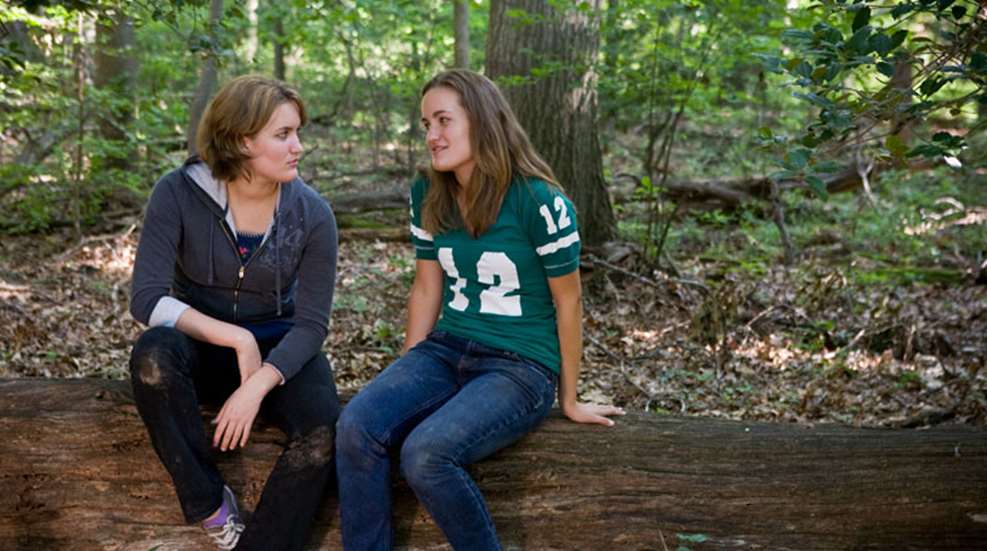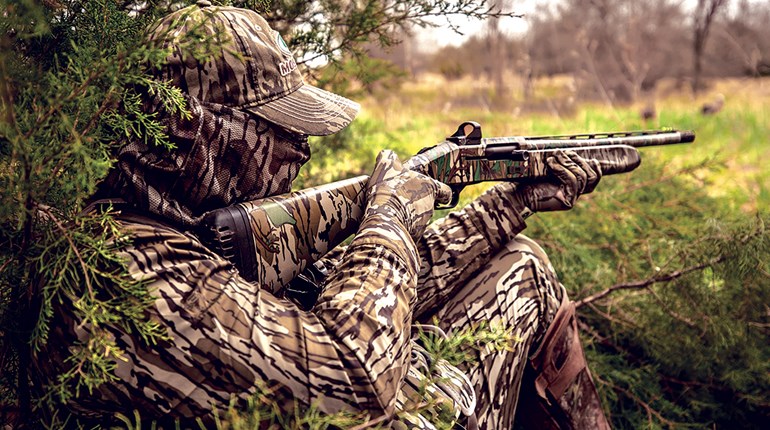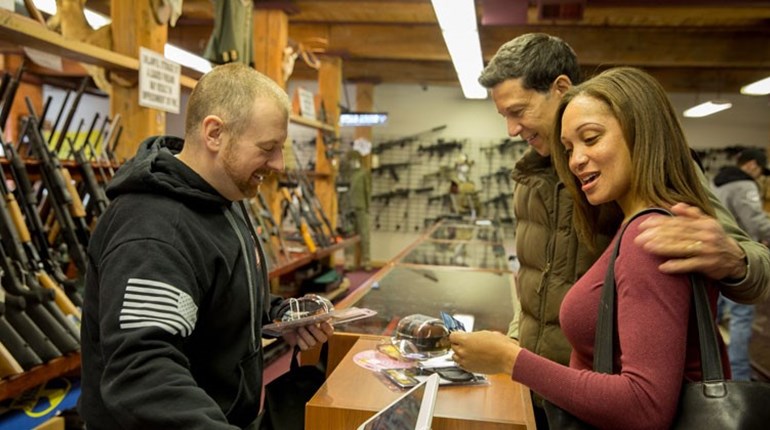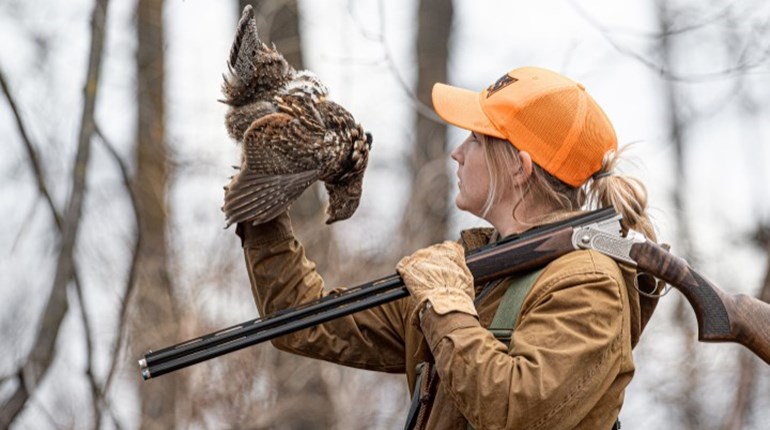
Like so many other people I believe that the world was a safer place when I was a child. Statistically, I know that isn’t true; data shows that there were higher murder and assault rates in the 1980s than there are today, but at that time I felt insulated. And I enjoyed that aspect of my childhood. Social media and the internet hadn’t yet begun bombarding us with steady updates on human suffering. Ignorance was bliss. The world, at least back then, seemed like a friendly place full of friendly people.
But violence against children existed then and it exists now. According to a paper published by the U.S. Department of Justice’s Office of Juvenile Justice and Delinquency Prevention, children and young adults ages 12-19 were twice as likely to be the victims of violence as the population as a whole. In 2015 the National Center for Missing and Exploited Children assisted in more than 13,700 cases of missing children. Of that number, 11 percent were abducted either by family members or strangers. What’s more, the internet has removed barriers and allowed strangers into our homes. The Department of Justice has initiated an Internet Crimes Against Children task force aimed specifically at identifying online threats to children.
Those are sobering statistics, more so now that I have two children of my own. Like other parents, I want my kids to have the skills required to stay safe without spending every waking minute in fear for their life (that’s my job, after all). My children need to know that not everyone is good, but that there are defenses that will help them protect them from danger. I want my children to have the tools to help safeguard themselves against crime.
It’s our responsibility to protect our kids as much as we can, but as they mature they will be exposed of more and more of the outside world, a key to development, growth and eventual self-sufficiency. We, as parents, need to teach our skills survival skills for a modern world. Here’s are some guidelines for helping crime-proof your child from the National Crime Prevention Council:
1. Make Them Aware: Don’t allow your children to be ignorant to the fact that others could potentially pose a threat. The old adage that they shouldn’t talk to strangers is true, but they should also recognize the warning signs from known individuals. If an adult who is not you or your spouse asks them to break the rules that you have set for them, they should be aware that this is a warning sign of an adult who is not to be trusted. Adults they can trust will not try to undermine your authority as their parents by telling them that it’s OK to deviate from your agreed-upon route home, get in their car or stay out late. They should also know that any adult who asks them to keep secrets from you is giving them a red flag that says "danger."
2. Make Them Assertive: None of us want to be embarrassed by our children, and of course it's an important part of our job to teach them manners. However, they should know that they shouldn't let manners stand in the way of their own personal safety. Help them understand that if an unknown adult asks your child to do something that makes them uncomfortable, they need to feel free to say no, to yell for help or to escape the area and then to tell you as soon as possible. They should understand that if a stranger knocks on the door, they don’t need to answer, even if the person knows they are inside. Children should know that you will always listen to them, and that they should learn to trust their instincts with regard to personal safety.
3. Help Them Communicate: Kids need to have open lines of communications with a safe adult, and they need to be encouraged to let you know when something bothers them. On the flip side, know where your kids are and help them identify safe places and travel routes when they are old enough to be on their own. Cell phones are for more than texting with friends and playing Minecraft, too. A phone can be a dangerous distraction, drawing a kid’s attention away from their surroundings and leaving them vulnerable, or a tool that helps them stay safe by instantly connecting them with adults they can trust.
4. Identify Safe Places and People: Kids need safe spots—the home, school, a nearby fire or police station—where they can expect to find help and security. Assist them in identifying those places by pointing them out as you go along a route they need to walk or bike. Also, teach your kids to recognize trustworthy adults like police, teachers and firefighters. If your children feel threatened, they need to vocalize it and must be able to rely on those people for assistance.






































